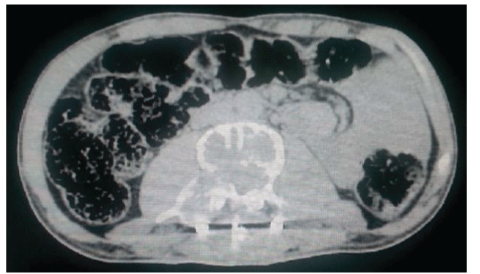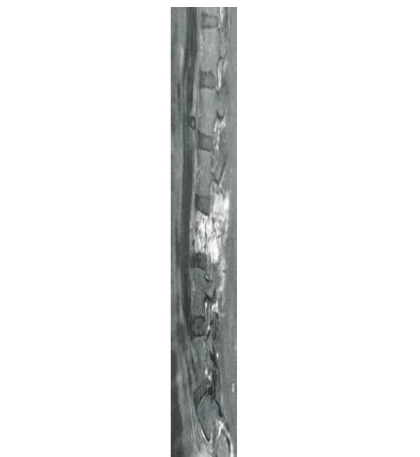
Archives in Cancer Research
- ISSN: 2254-6081
-
Journal h-index: 14
- Journal CiteScore: 3.77
- Journal Impact Factor: 4.09
- Average acceptance to publication time (5-7 days)
-
Average article processing time (30-45 days)
Less than 5 volumes 30 days
8 - 9 volumes 40 days
10 and more volumes 45 days






